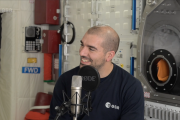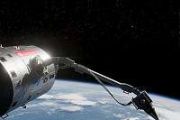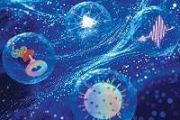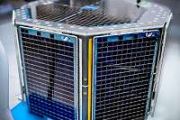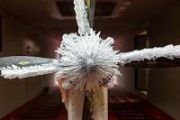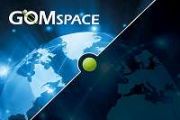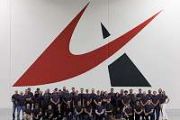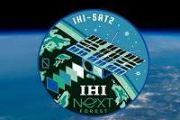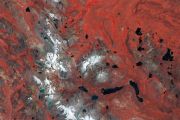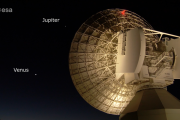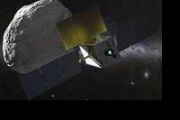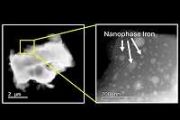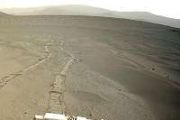
Copernical Team
Growing evidence for evolving Dark Energy could inspire a new model of the Universe
 he birth, growth and future of our Universe are eternally fascinating.
In the last decades, telescopes have been able to observe the skies with unprecedented precision and sensitivity.
Our research team on the South Pole Telescope is studying how the Universe evolved and has changed over time. We have just released two years' worth of mapping of the infant universe over 1/25th of the
he birth, growth and future of our Universe are eternally fascinating.
In the last decades, telescopes have been able to observe the skies with unprecedented precision and sensitivity.
Our research team on the South Pole Telescope is studying how the Universe evolved and has changed over time. We have just released two years' worth of mapping of the infant universe over 1/25th of the Bioplastic shelters support algae growth in Mars-like conditions for space habitats
This request seems a bit unusual, so we need to confirm that you're human. Please press and hold the button until it turns completely green. Thank you for your cooperation!
Press and hold the button
If you believe this is an error, please contact our support team.
185.132.36.159 : 25ff2546-c332-4a2e-98df-972adc59
Moon mining is getting closer to reality: Why we need global rules for extracting space resources
This request seems a bit unusual, so we need to confirm that you're human. Please press and hold the button until it turns completely green. Thank you for your cooperation!
Press and hold the button
If you believe this is an error, please contact our support team.
185.132.36.159 : 0680424a-0904-491a-9a34-736779f1
Video: MTG-S1 and Copernicus Sentinel-4 launch highlights
This request seems a bit unusual, so we need to confirm that you're human. Please press and hold the button until it turns completely green. Thank you for your cooperation!
Press and hold the button
If you believe this is an error, please contact our support team.
185.132.36.159 : 2008e4a2-cdf8-4e28-b3d5-10a05e90
MTG-S1 and Copernicus Sentinel-4 mission highlights
 Video:
00:03:30
Video:
00:03:30
Two meteorological missions – Meteosat Third Generation Sounder-1 (MTG-S1) and the Copernicus Sentinel-4 mission – have launched on board a SpaceX Falcon 9 from Cape Canaveral in Florida, US.
Both are world-class Earth observation missions developed with European partners to address scientific and societal challenges.
The MTG-S1 satellite will generate a completely new type of data product, especially suited to nowcasting severe weather events, with three-dimensional views of the atmosphere. It is the second in the MTG constellation to be prepared for orbit and is equipped with the first European operational Infrared Sounder instrument.
Copernicus Sentinel-4 will be the first
Clingy planets can trigger own doom, suspect Cheops and TESS

Astronomers using the European Space Agency’s Cheops mission have caught an exoplanet that seems to be triggering flares of radiation from the star it orbits. These tremendous explosions are blasting away the planet’s wispy atmosphere, causing it to shrink every year.
This is the first-ever evidence for a ‘planet with a death wish’. Though it was theorised to be possible since the nineties, the flares seen in this research are around 100 times more energetic than expected.
Bezos-backed methane-tracking satellite lost in space
This request seems a bit unusual, so we need to confirm that you're human. Please press and hold the button until it turns completely green. Thank you for your cooperation!
Press and hold the button
If you believe this is an error, please contact our support team.
185.132.36.159 : 1a414f39-58e3-472e-99c1-85cac1cb
Weather clears as SpaceX launches European satellite
This request seems a bit unusual, so we need to confirm that you're human. Please press and hold the button until it turns completely green. Thank you for your cooperation!
Press and hold the button
If you believe this is an error, please contact our support team.
185.132.36.159 : 02da94ed-a54a-408d-86b7-170396b3
A pinch of France in space

ESA astronaut Sophie Adenot selected the French chef Anne-Sophie Pic to develop the bonus food she will bring to the International Space Station during her mission εpsilon.

 Image:
Brave for space
Image:
Brave for space 